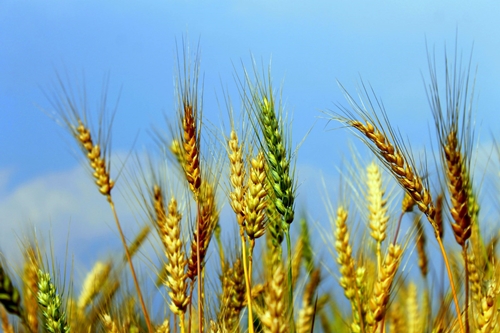– Contributed content –
31 Jan. 2019. The world hasn’t seen a major famine on the scale of the 1980s food shortage in Ethiopia since the 1990s. Better governance, technology, aid, and food distribution networks have helped considerably. But there’s a case that the world has become complacent; just because there hasn’t been a significant disaster for a decade, doesn’t mean that there won’t be one in the future.
The likelihood of food shortages is going up, thanks to increases in the population of India, China, and Africa. The population of Africa is expected to nearly double by 2050, causing the global population to get close to 10 billion, or about 2.5 billion higher than the present.
The quest is on, therefore, for new technologies, food production techniques, and behavioral change in developed countries that will help us feed everyone.
The role of technology
There’s no doubt that we’re going to see significant breakthroughs in agricultural technology over the next few years – a continuation of the impressive improvements we’ve seen over the last couple of decades. Farmers in the wealthy, industrialized world are, according to the Economist magazine, bringing new technologies to the fore. It’s now possible for agricultural scientists in western markets to create crops “on-demand” for particular geographies and environments. Scientists can go into the genome and make edits to plants, helping them survive in dryer, warmer, or wetter conditions.
Cassava is a good an example. At present, the root vegetable isn’t particularly nutritious and nor does it thrive in a variety of climates. But due to the popularity of the crop in some tropical countries, there’s a need to boost yields and nutrient-density. Staple crops need to be healthier.
Precision agriculture is also making an impact in Western countries. Farmers are benefiting from quantifying all aspects of their process, and ensuring that plants receive the nutrients they need on an hour-by-hour basis. Again, this boosts yield.
Why technology is only part of the solution
But technology is only useful if it used. The problem in many developing parts of the world, like India, China, and Africa, is that the people on the ground do not know to implement new practices. Technology is so far ahead of the daily lives of the people producing the food that it is hard to imagine that it’ll ever be implemented on a vast scale.
One response to this argument is that over time, larger companies will take over the process in developing countries, pooling skills and implementing solutions. And while this is already happening in some parts of the world, it’s by no means guaranteed.
Ownership of farms is fragmented. In China, there are more than 200 million smallholdings, none of which offer the scale or expertise to put these technologies into productive use.
The trick is to come up with some way to make new technologies appealing, easy to understand and use. The only way to do so is to treat farmers as consumers, rather than business partners or producers. And to do that, the ag tech business needs a radical rethink of how it operates.
Editor’s note: The opinions in this post are the contributor’s and not those of Science & Enterprise.
* * *


 RSS - Posts
RSS - Posts
You must be logged in to post a comment.